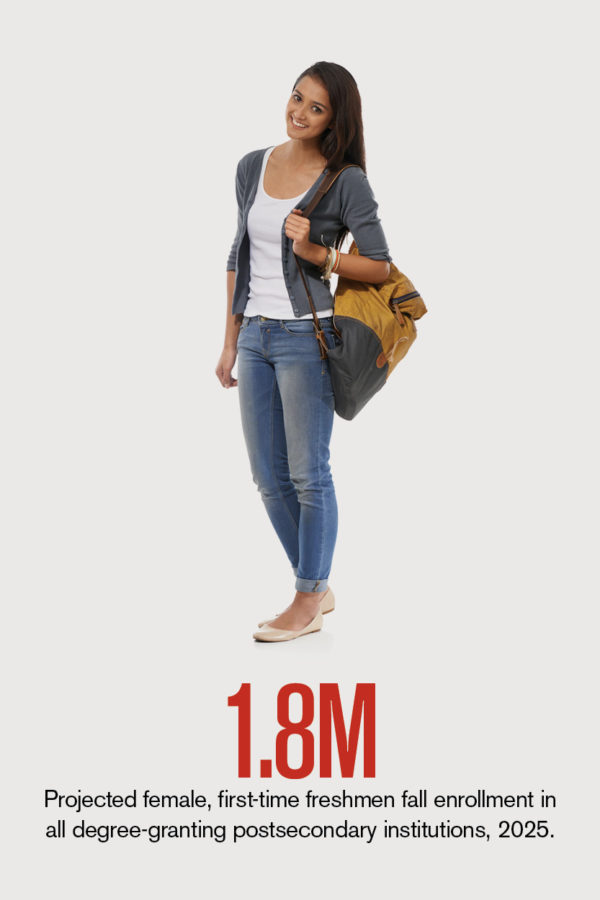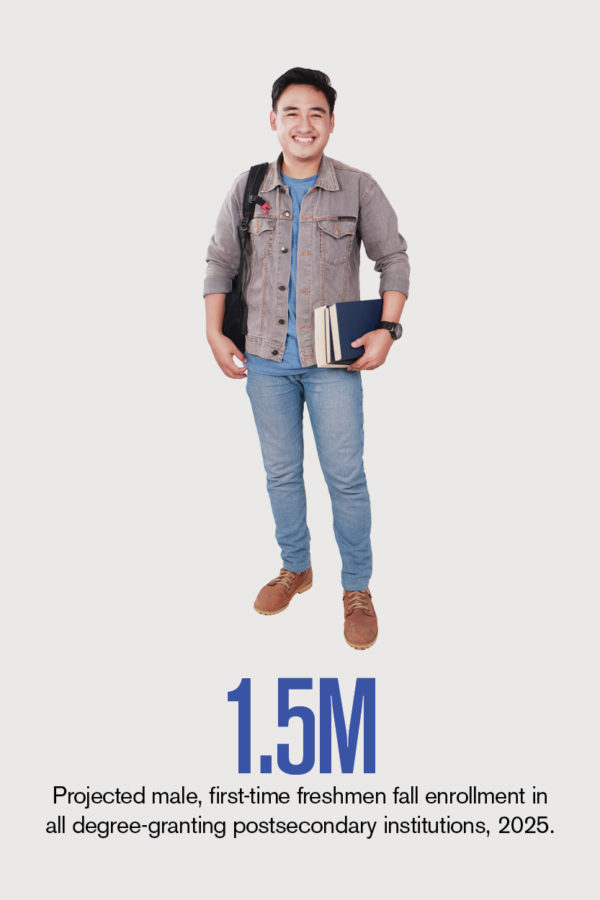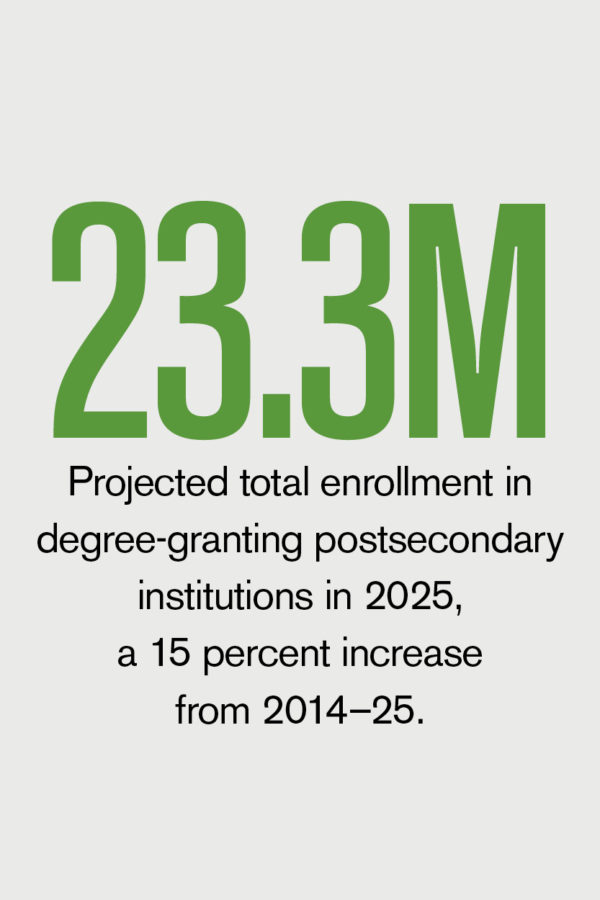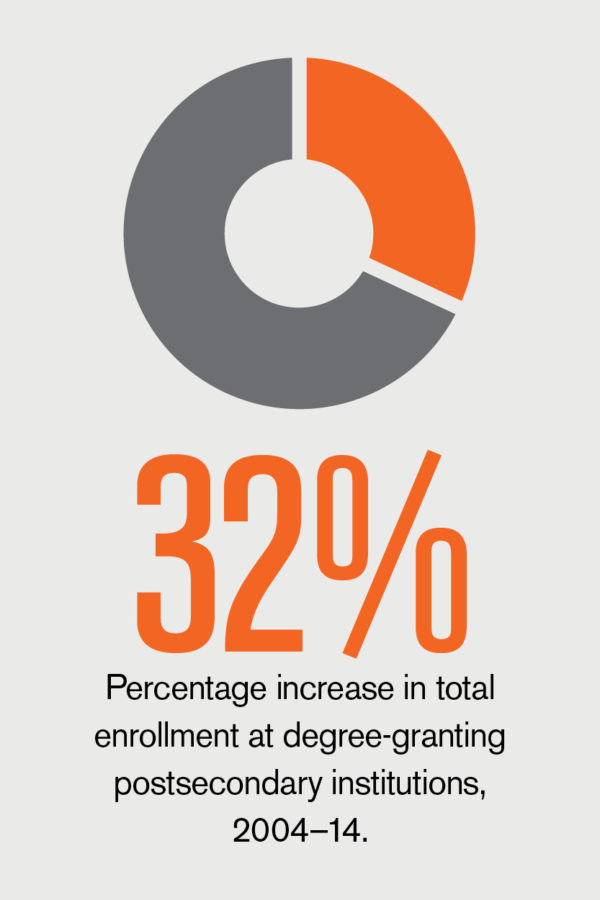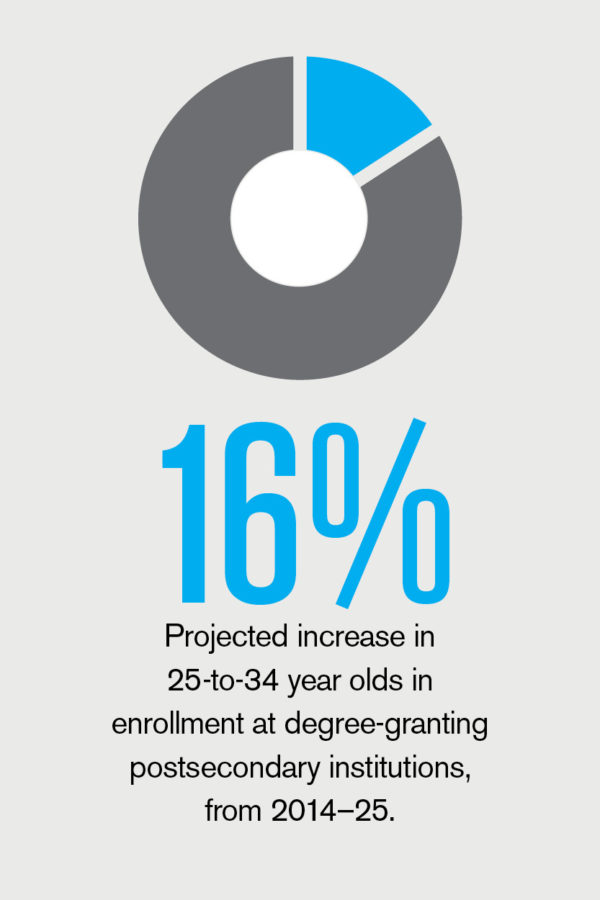A chief business officer leads the effort to implement a new weapons policy at Kansas State University.
According to the National Conference of State Legislatures, which tracks “education legislation” passed by state legislatures, as of May 2017, Kansas is one of 10 states with provisions allowing the carrying of concealed weapons on public postsecondary campuses. First passed by the Kansas State Legislature in 2013 and becoming effective in 2015, the Personal and Family Protection Act states, in part, that “the carrying of a concealed handgun shall not be prohibited in any state or municipal building unless such building has adequate security measures to ensure that no weapons are permitted to be carried into such building.” Initially, public universities in Kansas were given an exemption to the state law, but that exemption expired July 1 of last year.
However, many institutions initiated efforts to address the various implications of the new law well before then. Among them was Kansas State University (KSU), Manhattan, where faculty, staff, and students spent a lot of time from November 2015 to June 2017 discussing how the new statewide policy would impact their campus. “At least 18 months prior to the exemption expiring, we reviewed our weapons policy to determine how it would need to be amended in accordance with the law,” says Cindy Bontrager, the university’s vice president for administration and finance. “We ended up with close to 100 people looking at the different aspects of the university and how they would be affected.”
Bontrager volunteered to lead the effort. “Since campus safety and police report to me, it made sense for my office to do so, “she explained. “We wanted to make sure that the campus community was educated about the new law, because there was a lot of misunderstanding about its various provisions.”
Further, emotions were high on both sides of the issue. “We had some people who were against it and others who supported it, which made it important to make sure that everyone understood the day-to-day impact on campus operations,” Bontrager says. “It’s critical to allow yourself enough time to work with your campus to educate people and make sure that there’s no misinformation out there.”
In the six months since concealed carry became effective on her campus, Bontrager reflects on the process for successfully implementing the university’s new weapons policy, as well as beginning to evaluate its financial implications.
Preparing Policy
Bontrager and others knew that the first step in preparing their campuses for concealed carry was to look at what revisions may be needed to existing policies based on the new law. “We began by looking at the different components of the statute, so people had a better understanding of what was required,” she says.
In addition, the general counsels at the state’s six universities worked together to draft some common language to be used by all the institutions. “It helped to have their collective legal opinion and experience,” Bontrager says. “We made sure that we all had a common interpretation of the statute.”
With that common language in place, at the direction of former university president Kirk Schulz, KSU formed a Weapons Advisory Work Group that examined the new law in terms of its potential impact on academics, student life, athletics, and research. Bontrager explains, “We looked at how core mission areas would be impacted.”
Once the revised weapons policy was drafted, it went to the university’s board for review and was approved in December 2016. However, collective efforts didn’t stop there. “We kept the core working group together through July of last year,” Bontrager says. “The group developed a training module for the campus to use to address questions and provide resources about the statute. It was the last item that we completed before implementation.”
In general, she notes that “it was very important that we engaged our campus early on to make sure that people understood the changes to the law.” The university also hosted open forums because it was equally important for members of the campus community to have opportunities to vent and present different sides of the issue.
“While we did not have active protests on campus, we learned that we’re somewhat divided on this issue as a community,” Bontrager observes. “However, we had to separate the goal of the working group, which was implementation of policy change, from our personal views. We did remind people of their rights as individuals to advocate at the state legislature. In fact, we encouraged faculty, staff, and students to reach out to the legislature to express their views.”
Counting Costs
From Bontrager’s viewpoint as the university’s chief business officer, “the time and man-hours spent to work through the concealed carry issue were substantial.” However, this approach was less expensive than the alternative—implementing security measures required to establish a ban on concealed weapons.
Based on the new law, state higher education institutions in Kansas could prohibit concealed carry in any building on campus, but, in order to do so, they would have to implement security and screening measures at each location on campus. “This provision of the law made it cost prohibitive to establish any permanent ban on concealed carry,” Bontrager says. “The statute allows us to restrict campus carry, but we could not afford to set up security and screening for every building. In addition to it being cost prohibitive, that’s not the culture that we want to promote at KSU.”
However, some departments, such as athletics, have already incurred additional costs due to concealed carry.
“At athletic events, there is now increased security and screening for weapons, which required the purchase of additional equipment,” Bontrager notes. “We had more than 50,000 people in the stands at football games, and everyone had to be screened during the season, including players, band members, and attendees.”
There’s also been a cost in human resources. Since the new law and campus policy became effective, the university has lost faculty due to early retirements and resignations. “It’s difficult to know the impact campus carry has had unless people specifically let us know,” Bontrager says. “In some cases, people clearly stated that’s why they were leaving. It wasn’t a large number, but some faculty and staff did not want to work on a campus that allowed concealed carry.
“Through my office, I’ve been tracking information about people leaving the university (students, faculty, or staff) due to the new policy,” she continues. “There’s a climate survey planned for the 2018–19 academic year that should give us a better sense of which areas have been affected by the policy and to what degree. Overall, it’s been a smooth transition, and we’ve been able to ensure no disruption to the learning environment.”
SUBMITTED BY Apryl Motley, Columbia, Md., who covers higher education business issues for Business Officer.






